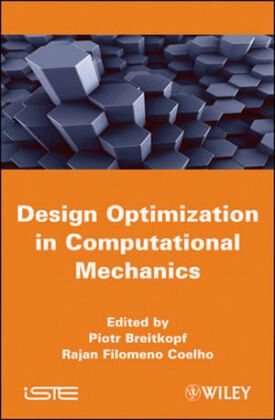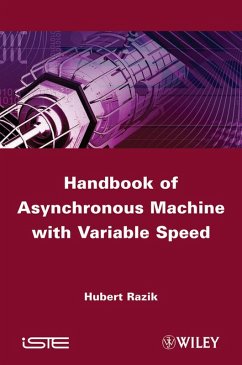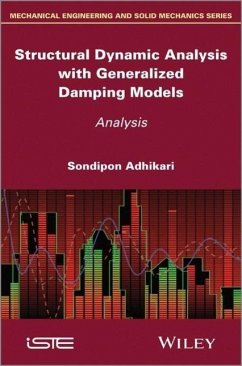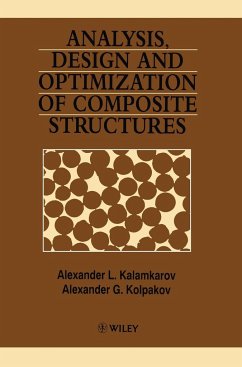
Multidisciplinary Design Optimization in Computational Mechanics
Versandkostenfrei!
Versandfertig in über 4 Wochen
236,99 €
inkl. MwSt.
Weitere Ausgaben:

PAYBACK Punkte
118 °P sammeln!
This book provides a comprehensive introduction to the mathematical and algorithmic methods for the Multidisciplinary Design Optimization (MDO) of complex mechanical systems such as aircraft or car engines.We have focused on the presentation of strategies efficiently and economically managing the different levels of complexity in coupled disciplines (e.g. structure, fluid, thermal, acoustics, etc.), ranging from Reduced Order Models (ROM) to full-scale Finite Element (FE) or Finite Volume (FV) simulations. Particular focus is given to the uncertainty quantification and its impact on the robust...
This book provides a comprehensive introduction to the mathematical and algorithmic methods for the Multidisciplinary Design Optimization (MDO) of complex mechanical systems such as aircraft or car engines.
We have focused on the presentation of strategies efficiently and economically managing the different levels of complexity in coupled disciplines (e.g. structure, fluid, thermal, acoustics, etc.), ranging from Reduced Order Models (ROM) to full-scale Finite Element (FE) or Finite Volume (FV) simulations. Particular focus is given to the uncertainty quantification and its impact on the robustness of the optimal designs. A large collection of examples from academia, software editing and industry should also help the reader to develop a practical insight on MDO methods.
We assume that the audience has some previous exposure to computational mechanics and optimization. Formal coursework in basic optimization algorithms and simulation methods would be helpful, but is not essential, as the concepts are progressively introduced throughout the text.
The book may by used in a graduate-level course on MDO for students, engineers and researchers, and in industrial short courses and seminars for a wide variety of technical backgrounds.
We have focused on the presentation of strategies efficiently and economically managing the different levels of complexity in coupled disciplines (e.g. structure, fluid, thermal, acoustics, etc.), ranging from Reduced Order Models (ROM) to full-scale Finite Element (FE) or Finite Volume (FV) simulations. Particular focus is given to the uncertainty quantification and its impact on the robustness of the optimal designs. A large collection of examples from academia, software editing and industry should also help the reader to develop a practical insight on MDO methods.
We assume that the audience has some previous exposure to computational mechanics and optimization. Formal coursework in basic optimization algorithms and simulation methods would be helpful, but is not essential, as the concepts are progressively introduced throughout the text.
The book may by used in a graduate-level course on MDO for students, engineers and researchers, and in industrial short courses and seminars for a wide variety of technical backgrounds.













